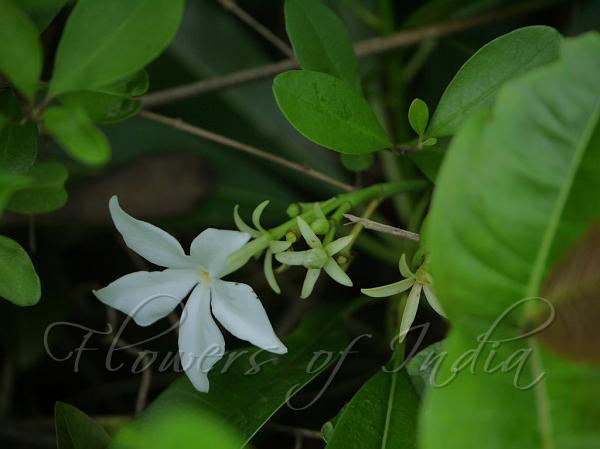|
| Suicide Tree |
|

|

|
|
|
|
Photo: |
Botanical name: Cerbera odollam Family: Apocynaceae (Oleander family)
Synonyms: Cerbera dilatata, Odollamia malabarica, Tanghinia odollam
Synonyms: Cerbera dilatata, Odollamia malabarica, Tanghinia odollam
Suicide tree is a tree native to India and other
parts of S. Asia. It grows preferentially in coastal salt swamps and in
marshy areas. It grows wild along the coast in many parts of Western
Ghats and has been grown as a hedge between home compounds. It yields a
potent poison, often used for suicide or murder. Flower are white,
showy, star-shaped, 5-7 cm, with a small yellow center. Leaves are
12-30 cm long, oval, dark green and glossy, held in dense spirals at
the tips of the twigs. The fruit, when still green, looks like a small
mango, with a green fibrous shell enclosing an ovoid kernel measuring
approximately 2 cm × 1.5 cm and consisting of two cross-matching white
fleshy halves. On exposure to air, the white kernel turns violet, then
dark grey, and ultimately brown, or black. The plant as a whole yields
a milky, white latex. Cerbera odollam bears a close resemblance to the
Oleander bush, another highly toxic plant from the same family.
| Identification credit: Hemsan (HS) | Photographed at Kochare, Sindhudurg, Maharashtra. |
• Is this flower misidentified? If yes,